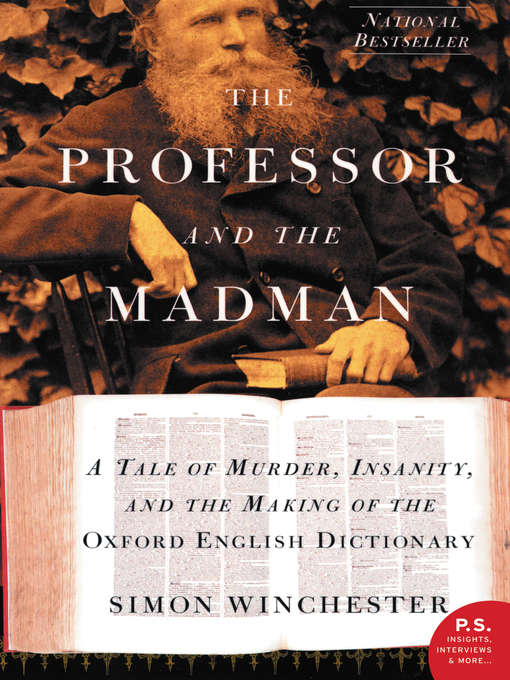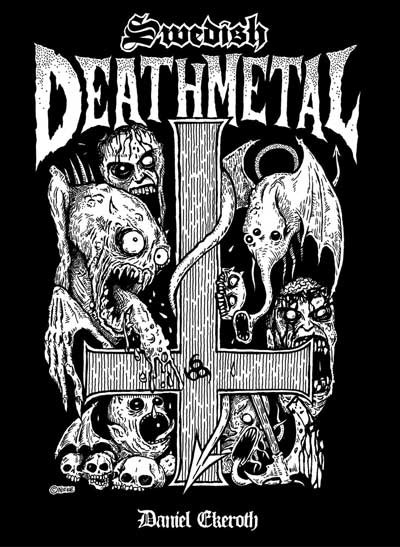The Professor and the Madman: A Tale of Murder, Insanity, and the Making of the Oxford English Dictionary (Simon Winchester)

The Oxford English Dictionary used 1,827,306 quotations to help define its 414,825 words. Tens of thousands of those used in the first edition came from the erudite, moneyed American Civil War veteran Dr. W.C. Minor?all from a cell at the Broadmoor Criminal Lunatic Asylum. Vanity Fair contributor Winchester (River at the Center of the World) has told his story in an imaginative if somewhat superficial work of historical journalism. Sketching Minor's childhood as a missionary's son and his travails as a young field surgeon, Winchester speculates on what may have triggered the prodigious paranoia that led Minor to seek respite in England in 1871 and, once there, to kill an innocent man. Pronounced insane and confined at Broadmoor with his collection of rare books, Minor happened upon a call for OED volunteers in the early 1880s. Here on more solid ground, Winchester enthusiastically chronicles Minor's subsequent correspondence with editor Dr. J.A.H. Murray, who, as Winchester shows, understood that Minor's endless scavenging for the first or best uses of words became his saving raison d'etre, and looked out for the increasingly frail man's well-being. Winchester fills out the story with a well-researched mini-history of the OED, a wonderful demonstration of the lexicography of the word "art" and a sympathetic account of Victorian attitudes toward insanity. With his cheeky way with a tale ("It is a brave and foolhardy and desperate man who will perform an autopeotomy" he writes of Minor's self-mutilation), Winchester celebrates a gloomy life brightened by devotion to a quietly noble, nearly anonymous task.
Swedish Death Metal (Daniel Ekeroth)
Death Metal musician and author Ekeroth (Violent Italy) shows a true fan's dedication in this oral history/band index of the thunderous music scene that emerged from frozen, sparsely-populated Sweden in the '80s and early '90s. In his introduction, Ekeroth explains the youth phenomenon that was Swedish Death Metal (it sounds pretty much like you would think) as natural in a country "generally made up of extremely small and boring towns." He writes: "In the small and worthless town of Avesta where I grew up, there were metal bands in every garage, school, and youth center," he writes. Without sensationalizing SDM's dark, flamboyant lyrics, Ekeroth traces the movement that produced more than a thousand bands, from proto-genre "thrash metal" (more punk) to bastard offshoots like "black metal" (more makeup, less fun), through interviews with the musicians, tape-traders and fanzine writers who were there. The furious scene, made up almost entirely of frustrated and disaffected teenagers, would echo the '70s punk revolution in New York and explode with the same powder-keg intensity, before eventually spawning "ridiculously well established" years that meant the death of Death. Maybe worth the price alone is the appendix, an "A to Z of Swedish Death Metal Bands," which features brief profiles and discographies (with Ekeroth's opinions) of every known SDM band, from world-famous At the Gates ("all their albums are classic masterpieces") to Slakt (just one 2005 demo, "probably nerds"). More than 500 black and white photos and illus.










